Phyllocnistis citrella This is a small nocturnal moth which lays its eggs on the underside of soft fresh leaves of citrus. The eggs hatch and the larvae rapidly burrow under the surface of the leaf, and it is these larvae
More...Pests Problems and Diseases
Citrus Gall Wasp

Citrus gall wasps (Bruchophagus fellis) are small (3mm) shiny black wasps native to northern Australia. There they have natural predators (two parasites) which keep the number of gall wasps under control. As the wasps have gradually moved south (thought to
More...Cabbage White Butterfly and Cabbage Moth
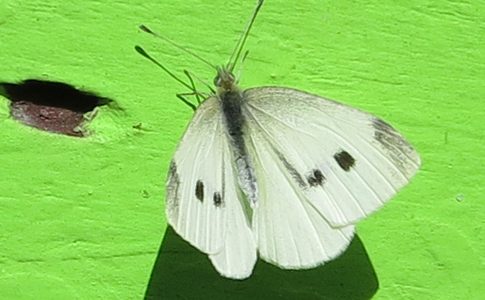
The Cabbage White Butterfly (Pieris rapae) and the Cabbage Moth (Plutella xylostella), along with their offspring (the very hungry caterpillars!) are responsible for the eaten leaves and irregular holes in the leaves of vegetables such as Cabbage, Cauliflower, Kale, Broccoli,
More...Freckle on Stonefruit

Also known as Scab or Black Spot, this is a fungal issue affecting stone fruit. It is seen as small dark spots on immature fruit, becoming round brown freckles, sometimes scabby, on mature fruit. It is often just cosmetic and
More...Powdery Mildew on Roses

This starts first on new shoots as crinkled leaves and then a soft white powdery fungus (Podosphaera pannosa) appears, if left alone it will rapidly spread across the plant and infect other roses. The problem is worsened by poor airflow,
More...Black Spot on Roses
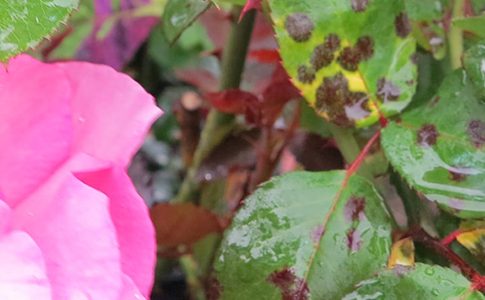
Blackspot on Roses Blackspot is a fungus (Diplocarpon rosae) that appears initially as black spots on leaves, progressing to large black spots fringed with yellow rings. As the disease spreads, the entire leaf will go from green to yellow and
More...Black Aphid
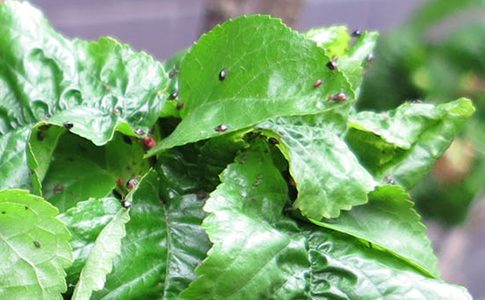
These can explode in numbers seemingly overnight and yesterday’s beautiful healthy foliage can turn into today’s twisted and curled up mess as you can see from the pictures here of our poor esplaiered cherry in Edible Alley (on the left
More...Azalea Lace Bug

Stephanitis pyrioides These infuriating little insects hide on the underside of azalea (and rhododendron) leaves. There they suck the sap from the plant and leave dark dots of excrement, leading to the silvery leafed appearance of affected plants from the
More...Saving frost and cold damaged plants

When confronted with the soggy brown / black disaster of frost affected foliage your first instinct is to grab the secateurs and prune away the evidence, but just take a minute to consider. If it is a potted plant that
More...Garden Pest Control
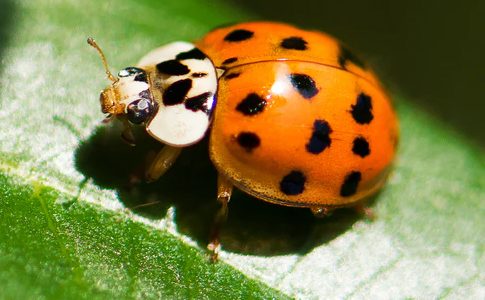
Effective and sustainable pest control for the garden. It is only within my lifetime that consumer standards have changed so dramatically to the point where there is currently an expectation that all fruit and vegetables should be perfectly shaped, unblemished
More...Buxus turning orange / bronze in winter
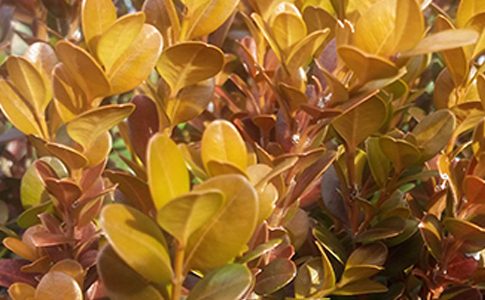
English, Korean, Japanese and Dutch Box can all turn an annoying orangey bronze colour in winter. This bronzing is a natural response of this genus to cold and bright winter sun (cold winds don’t help either). It is not uncommon
More...Encouraging Native Beneficial Insects
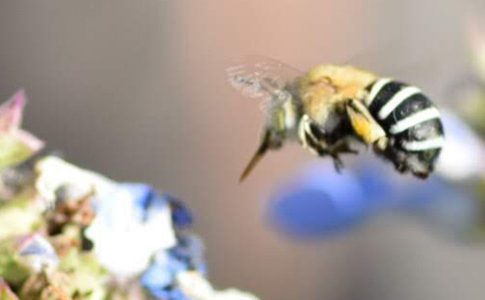
A healthy garden is full of life, from deep in the soil to the tree tops there should be fungi, bacteria, spiders, insects, worms, and innumerable other living creatures. These all cohabit in a generally harmonious way. Sometimes, however, a
More...Queensland Fruit Fly
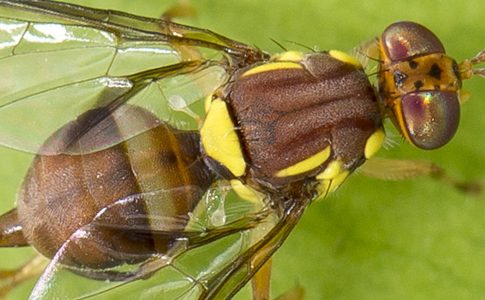
Queensland fruit fly is a significant pest that has been found in areas of Victoria for a few years now. Recently there is evidence the fly is establishing itself in Melbourne and surrounds. It feeds on a wide range of
More...

